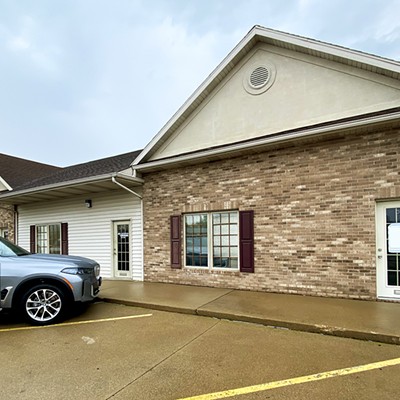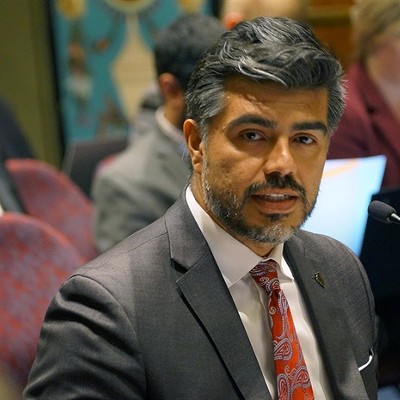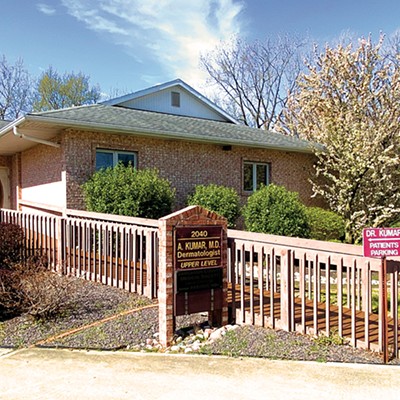
Sections of Adams and Fourth streets will transition from one-way to two-way from May 6 through May 10 as part of what Springfield officials called "ongoing efforts to improve traffic flow and enhance safety in our community."
The conversion also will include the installation of a new option – reverse-angle, back-in parking – in a two-block area on the south side of Adams Street in the downtown area. Between 20 and 30 slots will be designated as such.
"This change is designed to increase parking efficiency and reduce the risk of accidents when entering and exiting parking spaces," according to a news release from the city.
As weather permits, new striping will be installed shortly before Fourth Street changes to two-way from South Grand Avenue to Dodge Street, and Adams changes to two-way between Sixth and Ninth streets.
Drivers and pedestrians are "urged to exercise additional caution when traveling in the referenced areas," the news release says. "When approaching and entering intersections and driveways, please watch for vehicles and pedestrians that may be unaware of the new traffic directions."
The new two-way sections will be divided by double-yellow lines indicating that passing is prohibited, according to T.J. Heavisides, the city's traffic engineer.
The changes will come a few months before a planned computer software upgrade that will better coordinate downtown traffic signals so drivers encounter fewer successive red lights, Heavisides said. The current software began to fail in 2015, he said.
The entire project will be coordinated by Egizii Electric. The Springfield-based company was awarded a $4.6 million contract by the City Council in August 2022.
The transition to two-way streets is designed to promote economic activity by making it easier to navigate downtown streets, he said.
Additional traffic signals have been installed, and numerous signs will be installed or removed as part of the transition.
Reverse-angle back-in parking, which will replace the current head-in parking, is potentially safer for people entering and exiting cars, Heavisides said. In addition, he said cars parked in the back-in spaces face fewer risks of collisions with other vehicles as they exit.
Additional one-way streets may be converted to two-way after railroad traffic is transferred from the Third Street to the 10th Street rail corridor over the next few years, he said.
After Fourth Street becomes two-way, on-street parking on the east side of Fourth Street between Union and Dodge streets in the Enos Park neighborhood will be prohibited because the street will be too narrow to safely accommodate traffic when the street is striped, Heavisides said.
Lou Bart, spokesperson for the Springfield YMCA, said the nonprofit secured additional parking spaces in the past year near its downtown branch at 601 N. Fourth St., so the impending loss of parking on Fourth Street isn't a big concern.
A bigger concern, he said, is that patrons won't look both ways before crossing Fourth as they walk to and from their cars in nearby parking lots. The Y will erect outdoor signs soon to reinforce the need for caution when crossing, he said.
The current setup of mostly one-way streets in downtown Springfield began to be put in place in the late 1940s as a way of relieving traffic congestion.
The switch back is motivated by an effort to revive the downtown as a shopping, gathering and residential area, Heavisides said.
Dean Olsen is a senior staff writer at Illinois Times. He can be reached at 217-679-7810, [email protected] or twitter.com/DeanOlsenIT.


















